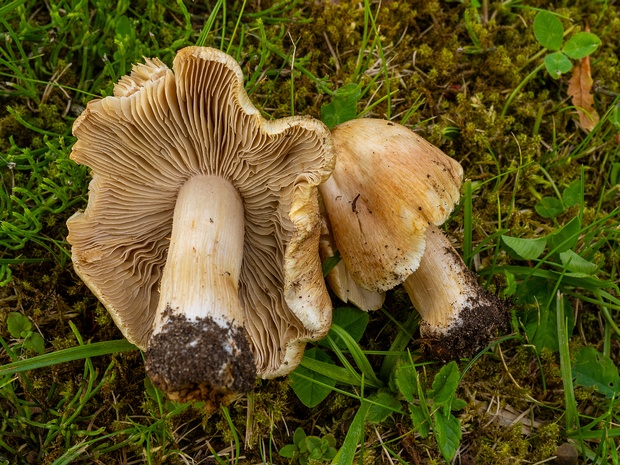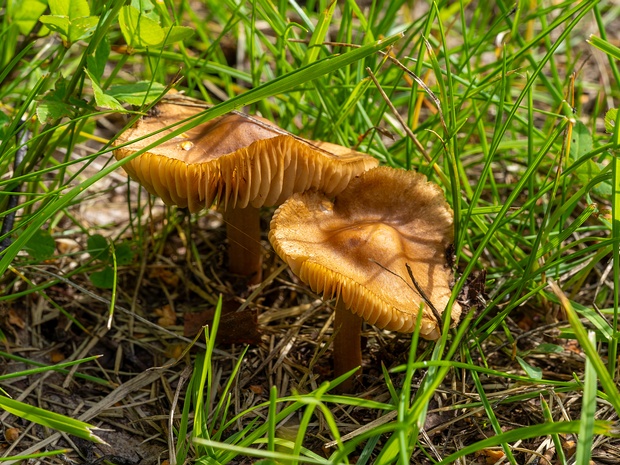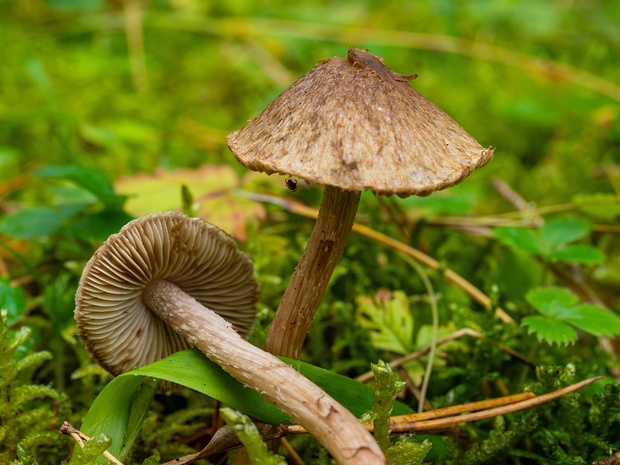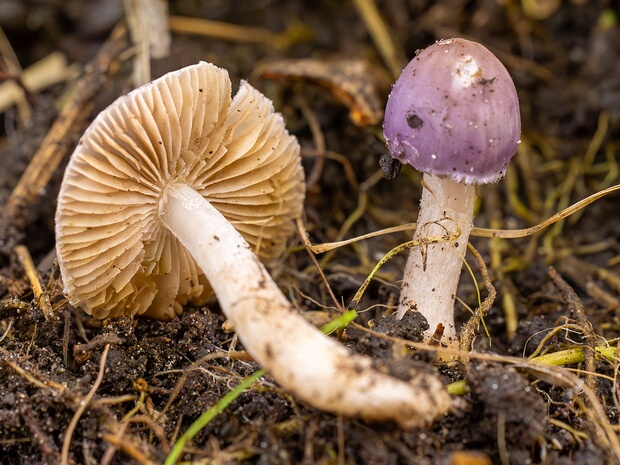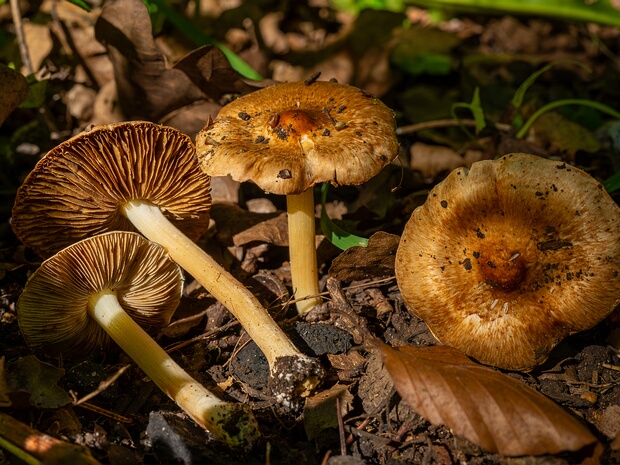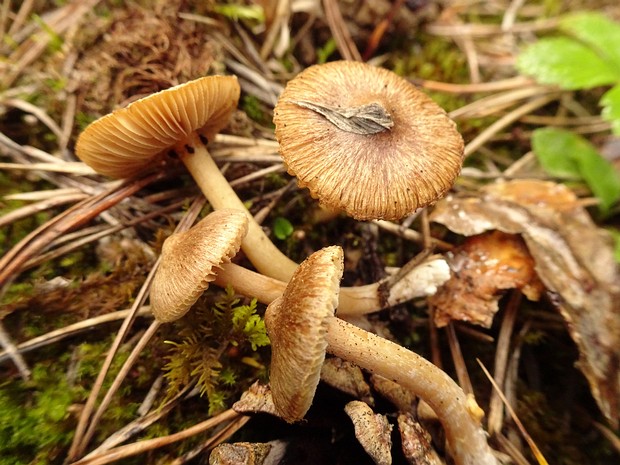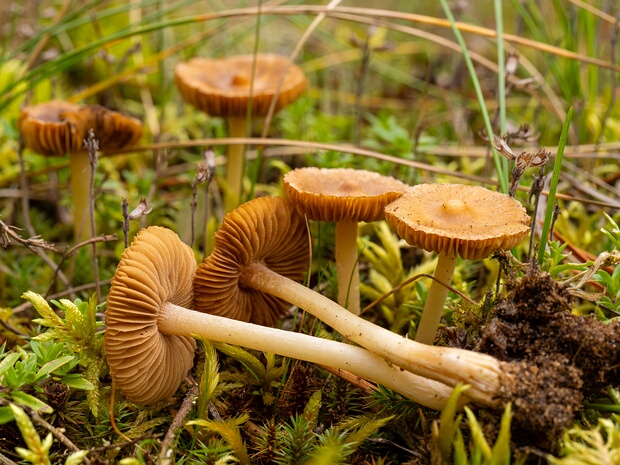
Inocybe nitidiuscula - Волоконница блестящая - Shiny Fibrecap - Glänzender Faserling
Inocybe nitidiuscula, commonly known as the Shiny Fibrecap or Glänzender Faserling, is a small, mycorrhizal basidiomycete fungus belonging to the Inocybaceae…
10 images
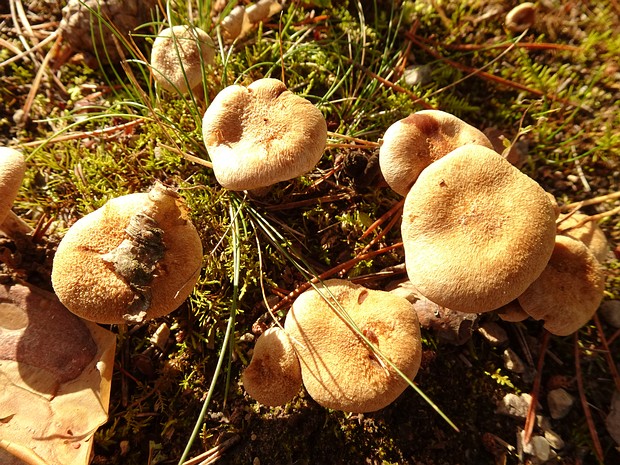
Inocybe dulcamara - Волоконница горько-сладкая - Bittersweet Fibrecap - Bittersüßer Faserling
Inocybe dulcamara, also known as the Bittersweet Fibrecap or Bittersüßer Faserling, is a medium-sized, mycorrhizal basidiomycete mushroom belonging to the…
8 images
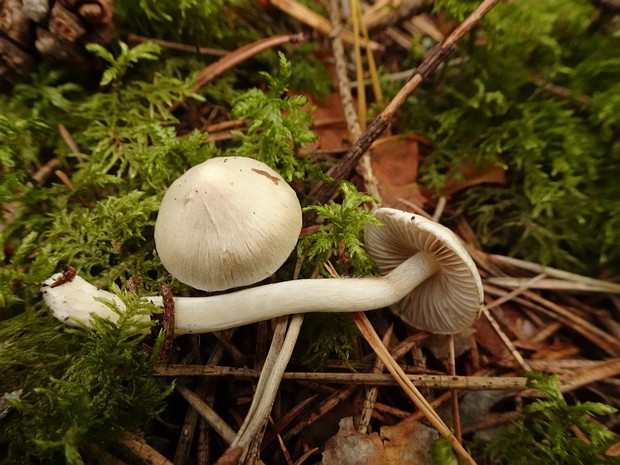
Inocybe geophylla - Волоконница земляная - Earthy Inocybe - Erdiger Faserling
Inocybe geophylla, commonly known as the Earthy Inocybe or Erdiger Faserling, is a small, mycorrhizal basidiomycete mushroom belonging to the Inocybaceae…
13 images
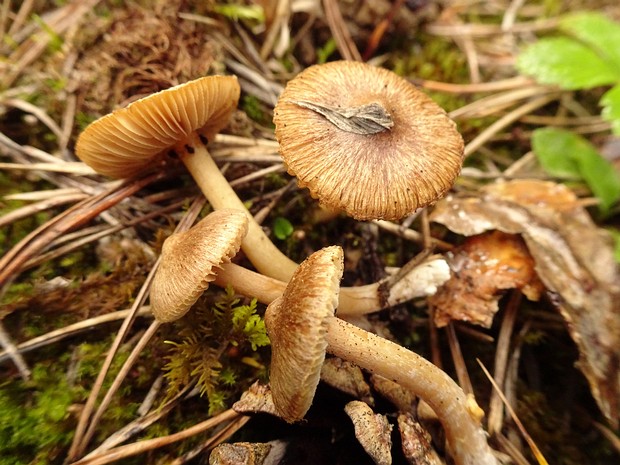
Inocybe acuta - Волоконница острая - Pointed Fibrecap - Spitzer Faserling
Inocybe acuta, also known as the Pointed Fibrecap or Spitzer Faserling, is a small to medium-sized, mycorrhizal basidiomycete mushroom belonging to the…
6 images
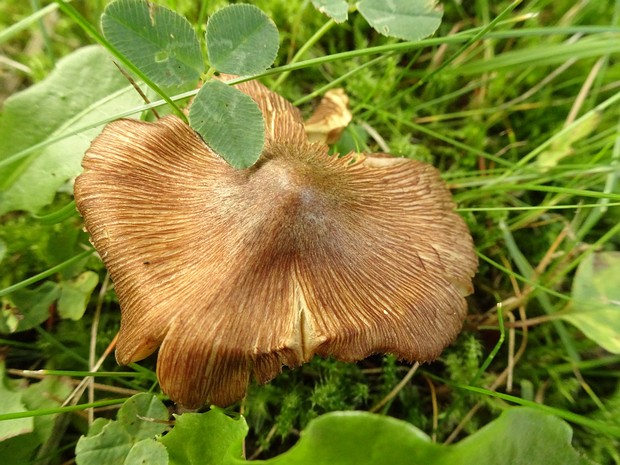
Inocybe rimosa - Волоконница трещиноватая - Split Fibrecap - Aufgeplatzter Faserling
Inocybe rimosa, commonly known as the Split Fibrecap or Aufgeplatzter Faserling, is a medium-sized, mycorrhizal basidiomycete mushroom belonging to the…
26 images
